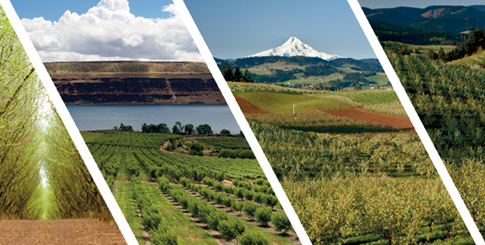Still Lacking labor
Harvest labor remains highly challenging statewide. Growers understand how to use the H2-A guest worker program, but crops compete with each other for seasonal help. “We’ve definitely had people back away from crops that have high labor demands,” says Neubeck.
Groups representing the industry, like the Northwest Horticultural Council, generally support comprehensive immigration reform including an improved guestworker program and a pathway to legal status for the current workforce.
Eastern Oregon also has transportation challenges. “We’ve had a shortage of labor and, at times, had trouble getting truck transportation,” notes Kitamura.
The Ontario-area onion industry is looking forward to construction of a new, multimodal rail hub. “Oregon passed HB 2017 this year, which allocates funds to develop and build the facility,” he says. The bill allocates $26 million for the Treasure Valley Intermodal Facility, with plans to be developed by January 2020.
Final Words
Whether you’re going East to West or West to East, Oregon’s suppliers continue to surpass challenges to deliver high-value fresh fruit and vegetables to the global market.
Most in the industry take pride in their day-to-day hurdles to provide perishables to customers near and far.
“Oregon growers pay attention to quality and food safety,” Botsford points out, but more importantly, he notes, “They go out of their way to get it done right.”
Images: Erica Finstad, Christopher Boswell, Bridget Calip, Marc BruxelleArtist/Shutterstock.com



